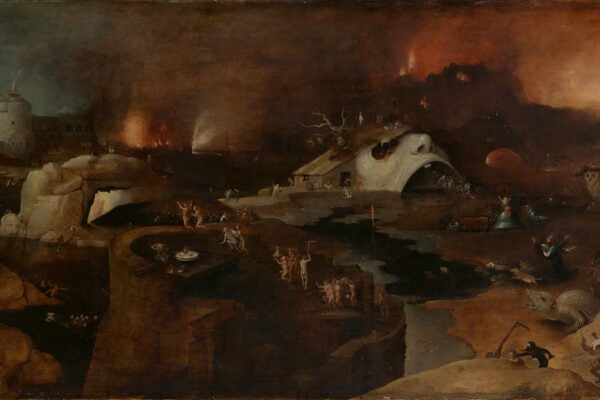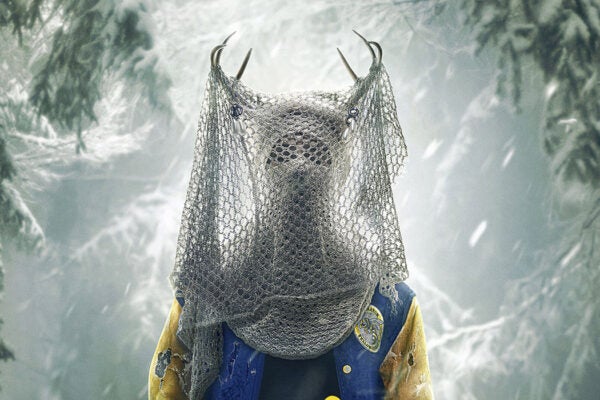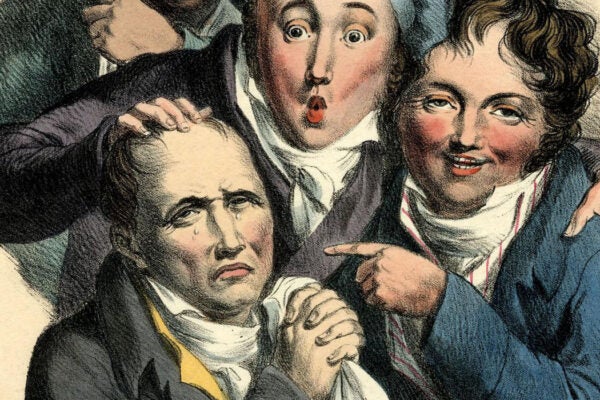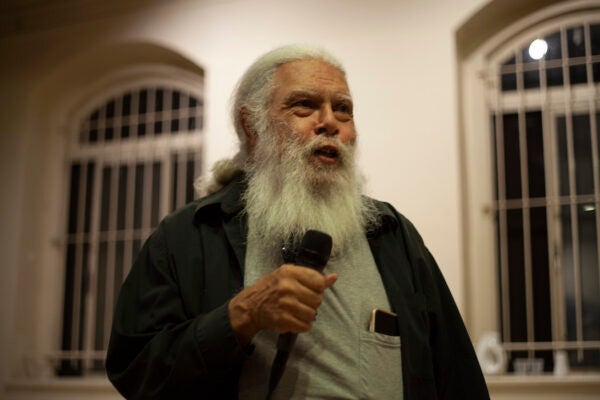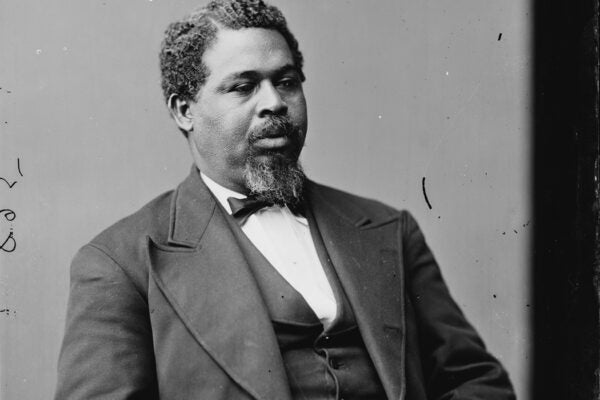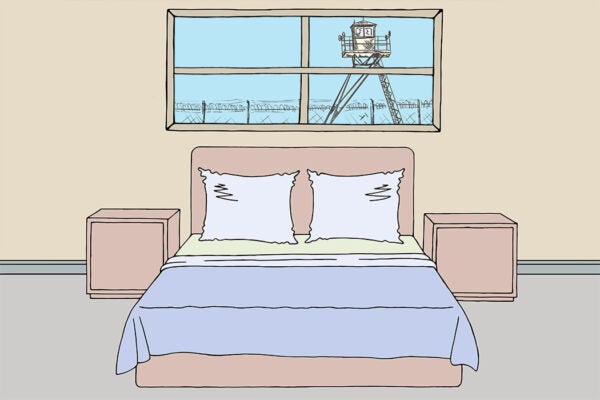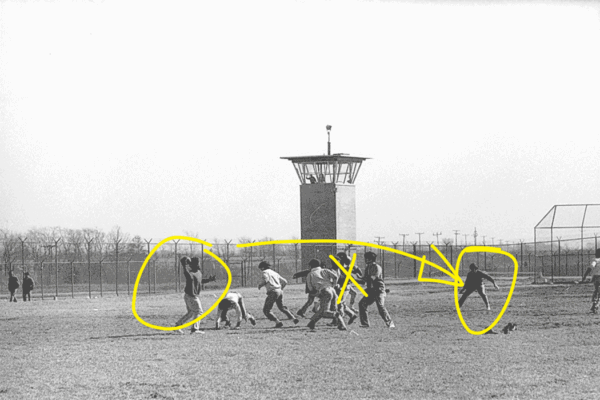Fire and Brimstone
If our conception of hell was absent from Christianity at the time the religion was born, whence exactly does it hail?
What it Sounds Like When Doves Cry
A century ago, an ornithologist proposed a system for transcribing bird sound as human speech. It did not catch on.
Girls Gone Greek
The most influential character on Showtime’s Yellowjackets is the one who goes unnamed: Dionysus.
Was She Really Rosie?
The unlikely, true story of the Westinghouse “We Can Do It” work-incentive poster that became an international emblem of women’s empowerment.
How Upper Lips Got Stiff
The truism that “boys don’t cry” is a Western social convention. Colonialism and imperialism made sure it spread East.
Her Bounty Is Boundless
From the first actor—a man—to play Juliet to the “girl boss” version on Broadway, Shakespeare’s young lover offers something new in every iteration.
Ode to Samuel Delany
Composed half-a-century ago, The Ballad of Beta-2 was a science-fiction vision of the future that speaks directly to our present.
Using Data to Discover and Explore the Stories of Enslaved People
Enslaved: Peoples of the Historical Slave Trade brings together datasets from multiple sources in a single free website that anyone can use.
Controversy and Conjugal Visits
Conjugal visits were first allowed as incentives for the forced labor of incarcerated Black men, the practice expanding from there. Is human touch a right?
The First Famous Football Team Behind Bars
Sing Sing's football team, The Black Sheep, ascended to fame even though its players were incarcerated. One player was so good, he signed with the Eagles.
